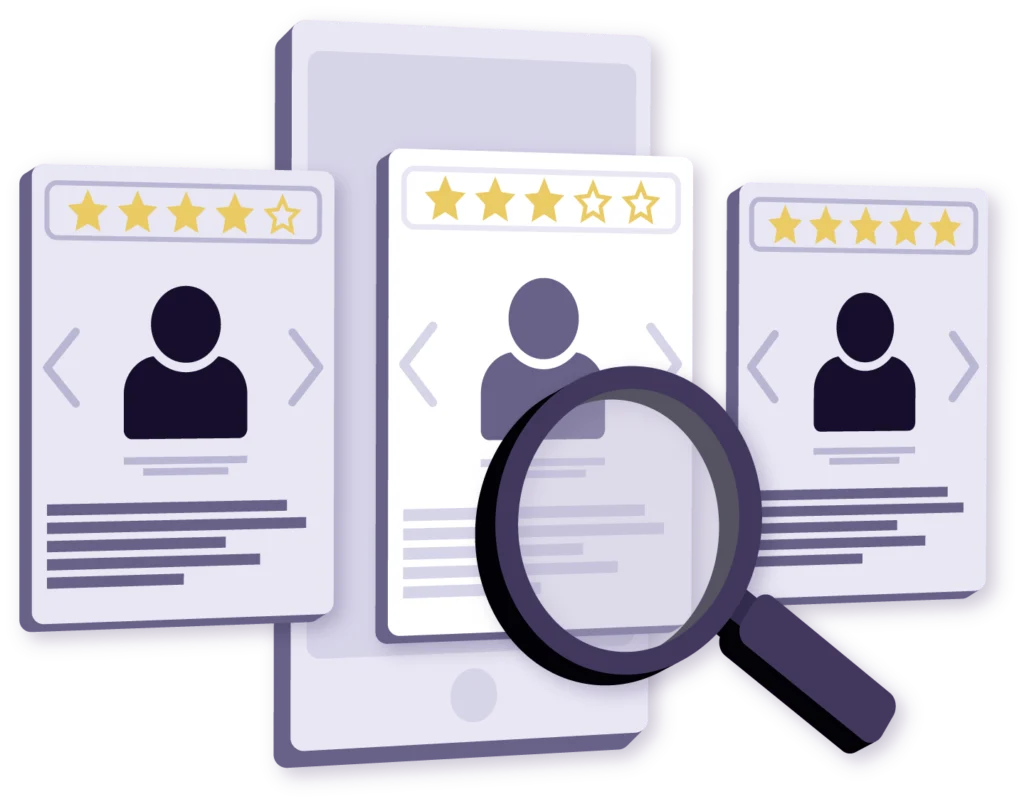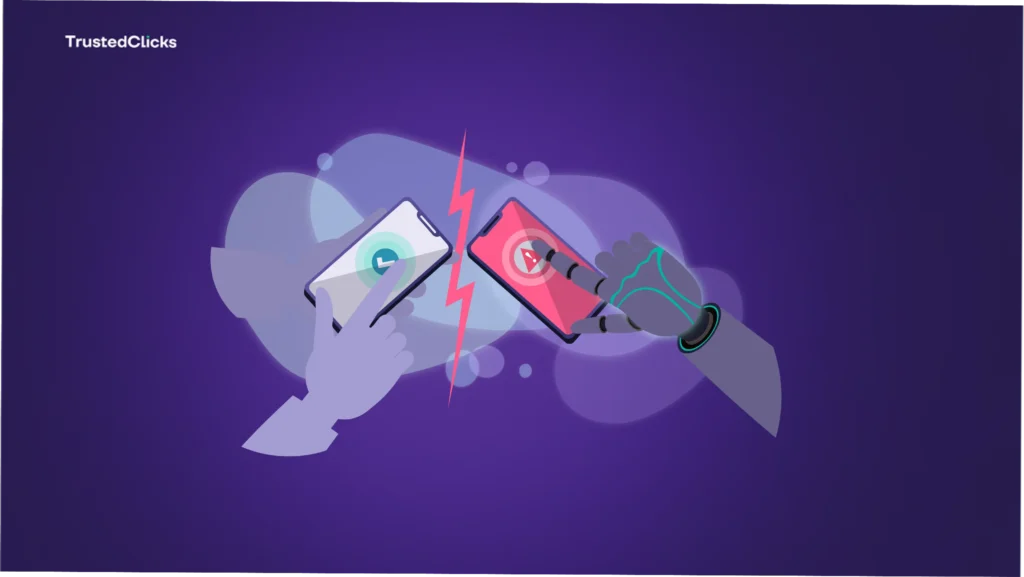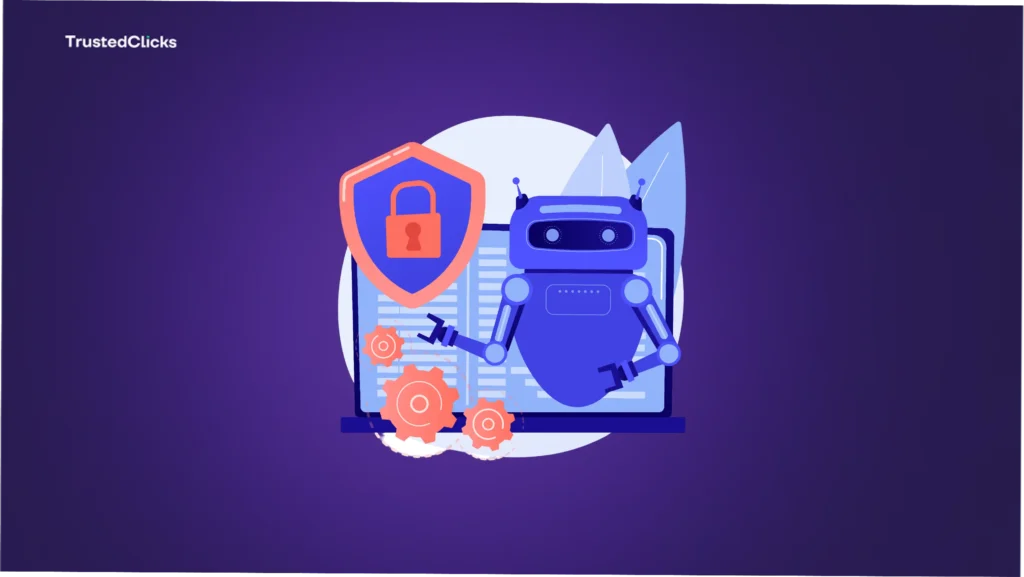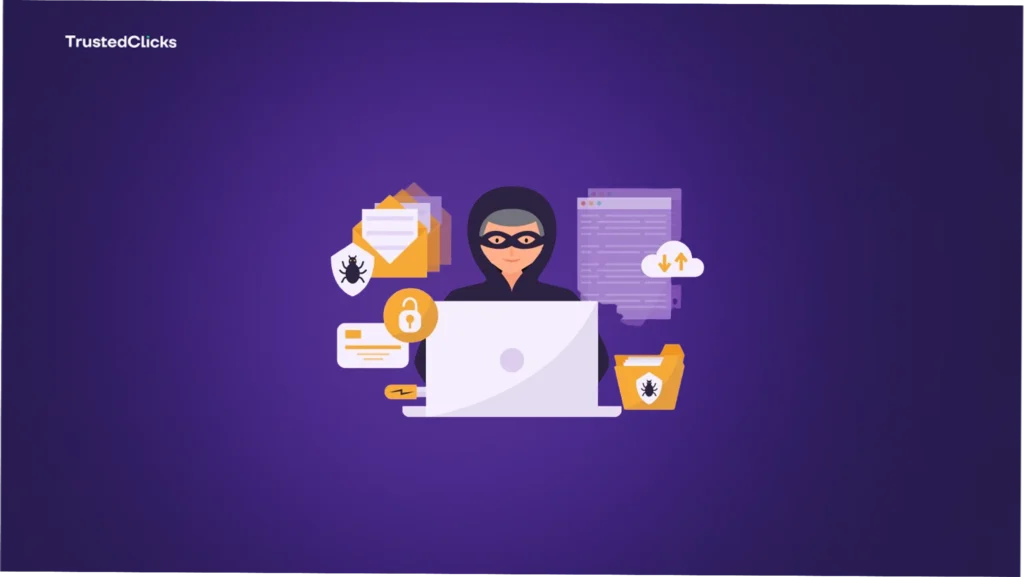- Website security
Navigating the Bot Traffic Maze: What’s Real and What’s Not


What Is Bot Traffic?
Bot traffic refers to any online activity generated by automated programs—commonly known as bots—rather than human users. These bots are scripts or software designed to perform repetitive tasks at scale, often mimicking human behavior. They crawl websites, click ads, post comments, scrape data, and even engage in e-commerce transactions. While the term “bot” might conjure images of futuristic robots, these are simply lines of code executing predefined instructions.
Bots aren’t inherently good or evil—they’re tools. Search engine crawlers like Googlebot, for instance, are bots that index the web to make content discoverable. On the flip side, malicious bots can flood websites with fake traffic, steal sensitive information, or manipulate online narratives. According to a 2023 report by Imperva, nearly 47% of all internet traffic is now driven by bots, a staggering figure that underscores their dominance in the digital landscape.
So, why does bot traffic matter? For businesses, it skews analytics, inflates ad impressions, and drains budgets. For users, it distorts the authenticity of online interactions. And for the internet as a whole, it raises questions about trust and transparency. To navigate this maze, we first need to understand the different types of bots and their motivations.
The Many Faces of Bots

Not all bots are created equal. Broadly, they fall into two categories: good bots and bad bots. Let’s break them down.
Good Bots: The Helpful Automatons
Good bots serve a purpose that benefits users or website owners. Search engine bots, like those from Google, Bing, or DuckDuckGo, scour the web to catalog pages, ensuring your blog post (like this one!) reaches its intended audience. Other examples include:
- Monitoring bots: These check website uptime and performance.
- Chatbots: AI-powered assistants that handle customer inquiries.
- Aggregator bots: They collect data, such as news feeds or price comparisons, to streamline user experiences.
These bots identify themselves to websites, follow rules (like those outlined in a site’s robots.txt file), and operate with transparency. They’re the worker bees of the internet, quietly supporting its infrastructure.
Bad Bots: The Shadow Operators
Bad bots, however, are the troublemakers. They’re designed to exploit, deceive, or disrupt. Their tactics are as varied as they are insidious:
- Click fraud bots: These artificially inflate ad clicks, costing advertisers billions annually. A 2022 study by Juniper Research estimated that ad fraud, much of it bot-driven, will hit $100 billion by 2025.
- DDoS bots: Used in distributed denial-of-service attacks, they overwhelm servers with traffic to knock websites offline.
- Spam bots: They flood comment sections, forums, and social media with junk content or phishing links.
- Credential stuffing bots: These test stolen username-password combos to breach accounts.
- Scalper bots: They snatch up limited inventory—like concert tickets or GPUs—leaving human buyers empty-handed.
Unlike their benevolent counterparts, bad bots often disguise themselves as human users, using techniques like IP rotation, fake user agents, and behavioral mimicry. This makes them harder to detect and block, turning bot traffic into a game of cat and mouse.
The Scale of the Problem
Bot traffic isn’t a niche issue—it’s a tidal wave. The aforementioned Imperva report found that bad bots alone accounted for 30% of total internet traffic in 2023, with industries like gaming, retail, and finance being prime targets. During high-profile events, such as Black Friday sales or major product launches, bot activity can spike dramatically. For example, when the PlayStation 5 launched in 2020, scalper bots reportedly scooped up thousands of units within minutes, leaving genuine fans frustrated.
Social media platforms aren’t immune either. Bots amplify misinformation, manipulate trends, and inflate follower counts. A 2021 study by the University of Southern California estimated that up to 15% of Twitter (now X) accounts were bots, a number that likely fluctuates with platform policies and enforcement efforts. This pervasive presence forces us to ask: How much of what we see online is real?
Why Bot Traffic Matters to Businesses
For businesses, bot traffic is a double-edged sword. On one hand, good bots drive visibility and efficiency. On the other, bad bots wreak havoc on operations and bottom lines. Here’s how:
Analytics Distortion
Website analytics are the lifeblood of digital strategy, guiding decisions on content, marketing, and user experience. But when bot traffic floods the data pool, it’s like pouring sand into a gas tank. Page views, bounce rates, and conversion metrics become unreliable. A small e-commerce site might celebrate a surge in traffic, only to realize it’s bots scraping product listings—not customers browsing.
Ad Fraud
Digital advertising thrives on impressions and clicks, but bot traffic undermines its integrity. Advertisers pay for exposure to real humans, not scripts. When bots click ads en masse, budgets evaporate without delivering value. The Association of National Advertisers estimates that ad fraud costs the industry $42 billion annually, with bot-driven schemes like “click farms” leading the charge.
Security Risks
Malicious bots don’t just annoy—they steal. Data scraping bots harvest pricing info, intellectual property, or user details, often for resale on the dark web. DDoS attacks, meanwhile, can cripple a company’s online presence, leading to lost revenue and reputational damage. In 2022, a botnet attack on a major cloud provider disrupted services for hours, highlighting the stakes.
Resource Drain
Handling bot traffic consumes server resources, slowing down websites and increasing hosting costs. For small businesses with limited budgets, this can be a breaking point. Even worse, distinguishing bots from humans requires sophisticated tools, adding another layer of expense.
How Bots Hide in Plain Sight
Bad bots have evolved beyond simple scripts. They’re now equipped with tricks to blend into human traffic:
- IP Spoofing: Bots rotate through thousands of IP addresses to avoid detection.
- Behavioral Mimicry: They simulate mouse movements, scrolling patterns, and random delays to mimic human browsing.
- Headless Browsers: These run full web browsers in the background, rendering pages like a human would, complete with JavaScript execution.
- Residential Proxies: Bots use real residential IPs (often hijacked via malware) to appear as legitimate users.
This sophistication makes traditional defenses—like blocking specific IPs—less effective. It’s why the fight against bot traffic has become a high-tech arms race.
Detecting Bot Traffic: Tools and Techniques
So, how do we separate the real from the artificial? Detection is a mix of art and science, relying on technology and human intuition. Here are some key approaches:
Bot Traffic Through Patterns
Traffic Analysis
- Unnatural Spikes: A sudden jump in visits from a single region or device type often signals bots.
- High Bounce Rates: Bots rarely engage deeply, leaving pages quickly.
- Suspicious Referrers: Traffic from obscure or unrelated sites might indicate bot activity.
CAPTCHAs
Those “I’m not a robot” tests remain a frontline defense. Modern CAPTCHAs use behavioral analysis (e.g., mouse movements) rather than just image selection, though advanced bots are starting to crack them.
Machine Learning
AI-powered tools analyze vast datasets to spot anomalies. Companies like Cloudflare and Akamai use ML to identify bot signatures in real time, adapting to new tactics as they emerge.
Rate Limiting
Capping requests from a single IP or user can throttle bot activity, though it risks alienating legitimate users with VPNs or shared networks.
Honeypots
These are invisible traps—like hidden links or fields—designed to catch bots. Humans don’t see them, but bots, programmed to interact with everything, fall in.
User-Agent Filtering
Bots often declare themselves via user-agent strings (e.g., “Googlebot”). Blocking or whitelisting based on these can manage traffic, though sneaky bots spoof legitimate agents.
Fighting Back: Strategies for Businesses and Users
Navigating bot traffic requires proactive measures. Here’s how different stakeholders can respond:
For Website Owners
- Deploy Bot Management Tools: Solutions like Distil Networks or PerimeterX offer real-time bot detection and mitigation.
- Optimize robots.txt: Guide good bots while discouraging others (though bad bots ignore it).
- Monitor Logs: Regularly audit server logs for suspicious activity.
- Secure APIs: Many bots exploit unprotected APIs—lock them down with authentication.
For Advertisers
- Use Fraud Detection Platforms: Tools like DoubleVerify or Integral Ad Science filter out bot-driven impressions.
- Demand Transparency: Work with ad networks that prioritize clean traffic.
- Focus on Engagement Metrics: Clicks alone mean little—track deeper actions like purchases or sign-ups.
For Everyday Users
- Be Skeptical: Fake accounts and automated content are everywhere—question what you see.
- Protect Credentials: Use strong, unique passwords to thwart credential-stuffing bots.
- Support Anti-Bot Efforts: Engage with platforms that prioritize authenticity.
The Future of Bot Traffic
Bot traffic isn’t going away—it’s evolving. As AI advances, so will bot capabilities. Generative AI could spawn bots that write convincing comments, hold realistic conversations, or even create deepfake media. Quantum computing might accelerate their speed and scale, overwhelming current defenses. Meanwhile, blockchain-based identity systems could emerge as a countermeasure, verifying human users with cryptographic precision.
Regulators are taking notice too. The EU’s Digital Services Act and similar laws aim to curb online deception, including bot-driven schemes. But enforcement lags behind innovation, leaving businesses and users to fend for themselves in the interim.
Conclusion: Finding Clarity in the Maze
Bot traffic is the internet’s shadow companion— omnipresent, multifaceted, and elusive. It’s a force that can build or destroy, depending on who wields it and why. For all its challenges, it’s also a reminder of the web’s complexity—a space where code and humanity collide in unpredictable ways.
Navigating this maze means embracing vigilance and adaptability. Businesses must invest in tools and strategies to protect their digital assets. Users must sharpen their critical eye to sift truth from noise. And collectively, we must push for a web that prioritizes authenticity over automation run amok. The line between what’s real and what’s not is blurry, but with the right map, we can find our way through.
Table of Contents
Join our community!
Subscribe to our newsletter for the latest updates, exclusive content, and more. Don’t miss out—sign up today!
Recent Posts

Combating Cyber Threats: The Role of Malicious IPs and How to Block Them
- 7 mins read

Cybersecurity 101: Using IP Location Data to Detect Suspicious Activity
- 6 mins read

The impact of IP Fraud on Reputation: Why Prevention is Key to Protecting Your Brand
- 4 mins read



